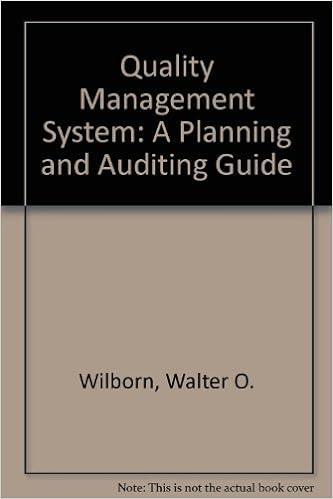Need done in excel, numbers currently there are most lilely wrong. also need to use solver

39. A textile company produces shirts and pants. Each shirt requires three square yards of cloth, and each pair of pants requires two square yards of cloth. During the next two months the following demands for shirts and pants must be met (on time): month 1, 2000 shirts and 1500 pairs of pants; month 2, 1200 shirts and 1400 pairs of pants. During each month the follow- ing resources are available: month 1, 9000 square yards of cloth; month 2, 6000 square yards of cloth. In addition, cloth that is available during month 1 and is not used can be used during month 2. During each month it costs $10 to produce an article of clothing with regular-time labor and $16 with overtime labor. During each month a total of at most 2400 articles of clothing can be produced with regular-time labor, and an unlimited number of articles of clothing can be produced with overtime labor. At the end of each month, a holding cost of $1 per article of clothing is incurred. (There is no holding cost for cloth.) a. Determine how to meet demands for the next two months (on time) at minimum cost. Assume that 100 shirts and 200 pairs of pants are already in inventory at the beginning of month 1. 5 #1. Problem #39 (a) only (30 points) Cloth usage (sq yds) Cloth per shirts Cloth per pants Unit costs Regular time Overtime Holding cost $ 10.00 $ 16.00 $ 1.00 Initial inventory Shirts Pants 100 200 Month 1 9000 Month 2 6000 Cloth available Month 1 Month 2 Sum Production/inventory schedule Shirts Regular time shirts Overtime shirts Total shirts produced Shirts on hand after production 100 100 200 Demand for shirts Ending inventory of shirts 2000 -1900 1200 -1100 3200 -3000 Sheet1 Sheet2 + Month 1 Month 2 Pants Regular time pants Overtime pants Total pants produced Pants on hand after production 200200 400 Demand for pants Ending inventory of pants 1500S -1300 1400 -1200 2900 -2500 Regular-time capacity constraint Total articles produced in regular-time Capacity 2400 Month 1 Month 2 Cloth usage Cloth for shirts Cloth for pants Cloth used Cloth available 100 Sheet1 Sheet2 cupuncy Month 1 O Cloth usage Cloth for shirts Cloth for pants Cloth used Month 2 0 0 O O O Cloth available 100 200 Costs Regular time cost Overtime cost Holding cost Total cost $ (3,200.00) $ (3,200.00) 39. A textile company produces shirts and pants. Each shirt requires three square yards of cloth, and each pair of pants requires two square yards of cloth. During the next two months the following demands for shirts and pants must be met (on time): month 1, 2000 shirts and 1500 pairs of pants; month 2, 1200 shirts and 1400 pairs of pants. During each month the follow- ing resources are available: month 1, 9000 square yards of cloth; month 2, 6000 square yards of cloth. In addition, cloth that is available during month 1 and is not used can be used during month 2. During each month it costs $10 to produce an article of clothing with regular-time labor and $16 with overtime labor. During each month a total of at most 2400 articles of clothing can be produced with regular-time labor, and an unlimited number of articles of clothing can be produced with overtime labor. At the end of each month, a holding cost of $1 per article of clothing is incurred. (There is no holding cost for cloth.) a. Determine how to meet demands for the next two months (on time) at minimum cost. Assume that 100 shirts and 200 pairs of pants are already in inventory at the beginning of month 1. 5 #1. Problem #39 (a) only (30 points) Cloth usage (sq yds) Cloth per shirts Cloth per pants Unit costs Regular time Overtime Holding cost $ 10.00 $ 16.00 $ 1.00 Initial inventory Shirts Pants 100 200 Month 1 9000 Month 2 6000 Cloth available Month 1 Month 2 Sum Production/inventory schedule Shirts Regular time shirts Overtime shirts Total shirts produced Shirts on hand after production 100 100 200 Demand for shirts Ending inventory of shirts 2000 -1900 1200 -1100 3200 -3000 Sheet1 Sheet2 + Month 1 Month 2 Pants Regular time pants Overtime pants Total pants produced Pants on hand after production 200200 400 Demand for pants Ending inventory of pants 1500S -1300 1400 -1200 2900 -2500 Regular-time capacity constraint Total articles produced in regular-time Capacity 2400 Month 1 Month 2 Cloth usage Cloth for shirts Cloth for pants Cloth used Cloth available 100 Sheet1 Sheet2 cupuncy Month 1 O Cloth usage Cloth for shirts Cloth for pants Cloth used Month 2 0 0 O O O Cloth available 100 200 Costs Regular time cost Overtime cost Holding cost Total cost $ (3,200.00) $ (3,200.00)












